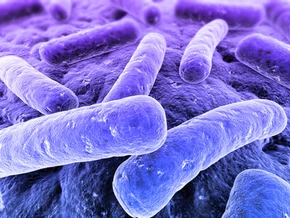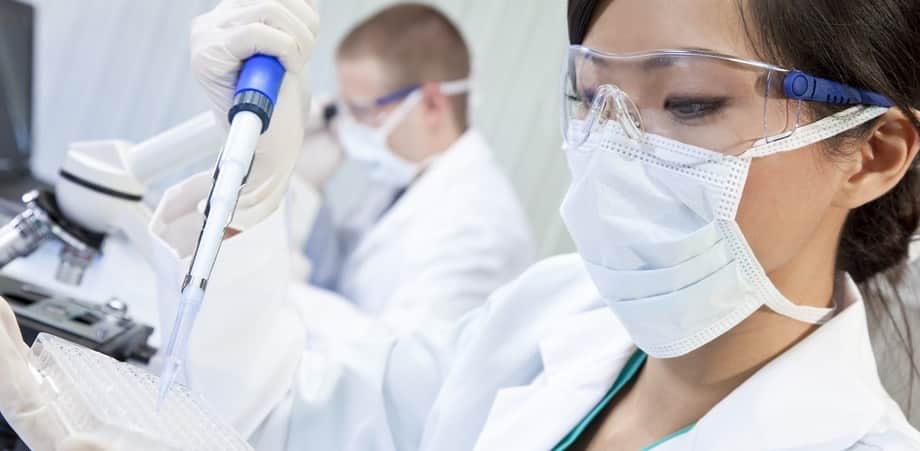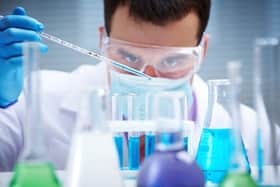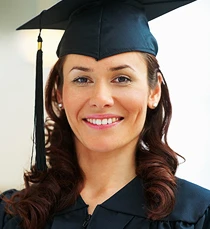What is Inquiry?
Scientific inquiry is all about "how much information (e.g., guiding question, procedure, and expected results) is provided to students and how much guidance you will provide as the teacher."
[10] The purpose of the inquiry-based science and engineering practices are for students to construct meaning of what is being taught. The 1st key ingredient to inquiry-based learning is to start with a question. The 2nd key ingredient is for students to engage with either hands-on learning or analyze data or text you provide. Only after students analyze the lab results / data / text is when you teach the content. Getting students to ask questions first, requiring students to integrate their prior knowledge with new information is paramount for scientific inquiry.
-
" The most important single factor influencing learning is what the learner already knows. "
Levels of Inquiry [10]
Confirmation inquiry is all about the old ways of teaching science. First the teacher teaches a concept and then students do a lab that demonstrates the concept. The key feature of confirmation inquiry is that students are taught the content first.
Structured inquiry requires the students to not know the answer in advanced. This means the teacher starts off with a question, and then the students follow a list of procedures to do an experiment.
Guided inquiry is when the teacher poses a question but requires the students to figure out how to test their own hypothesis. Students design their own experiment to try to answer the question. A best practice for guided inquiry is for students to do a structured inquiry lab first and then in a second lab, manipulate a new variable. AP science labs focus on Guided Inquiry and Open Inquiry. [11]
Open inquiry is like a science fair project. Students come up with the question, design how they are going to test their hypothesis, and discover the solution on their own.
-
" Questioning and reflecting lead to long lasting learning. "
Biology Lesson Plans

There are many benefits to having great lesson plans in your biology classes. Biology can be many students’ favorite subject. By the time students reach high school most have already developed their preferred learning styles. Students learn faster and retain more information when the educational curriculum matches their prior knowledge, preferred learning styles, & curiosity. Let us become your educational resource for high school, middle school, and elementary school science classes and blended learning.
-
" Instructional strategies that emphasize relating new knowledge to the learner’s existing knowledge foster meaningful learning. "
Differentiation

The integration of students' prior knowledge, preferred learning styles, & curiosities is the most important factor when differentiating instruction for every student. Writing high school science curriculum that incorporates different learning styles, different levels of prior knowledge, student interest, and the Common Core and NGSS standards is very difficult. Students who were formerly bored with biology may once again become interested in class, with student questions and curiosity driving their learning. When students are interested in a class, they earn a better grade, which, in turn, leads to higher self-esteem and a greater feeling of success. The student-teacher relationship improves when students are successful and take an active role in participation.
more
Our Vision
Teach to Inspire
Inspiring learning is the driving force behind everything we do. Science is the way we think about and question our world. NGSS Life Science offers life science teachers curriculums that are aligned to the Common Core (CCSS) and the NGSS.
NGSS Life Science is a high school science education resource company dedicated to inspire learning based on the Common Core and NGSS.
contact us
References
1. Pease, C. and Bull, J. (2010) How Non-Scientists use the Scientific Method. University of Texas at Austin.
2. Kinsella, K. (2011) Brief Constructed Response Routines to Support Reluctant Writers. San Francisco State University.
3. Novak, J., Canas, A. (2008) The Theory Underlying Concept Maps and How to Construct and Use Them. Institute for Human and Machine Cognition.
4. Clifford, A. (2013) Teaching Restorative Practices with Classroom Circles. Developed by San Francisco Unified School District.
5. Mahajan, S. (2014) Teaching Modes of Reasoning. MIT.
6. NRC Framework (2012) Science and Engineering Practices in the NGSS. Achieve Inc.
7. Webb, N. (2002) Depth-of-Knowledge Levels for Four Content Areas. Maine Department of Education.
8. Chowning, T. (2009) Socratic Seminars in Science Class. The Science Teacher.
9. Quinn, H., Lee, O., Valdes, G. (2012) Language Demands and Opportunities in Relation to Next Generation Science Standards for ELLs. Stanford University.
10. Banchi, H. and Bell, R. (2008) The Many Levels of Inquiry. Science and Children.
11. Advanced Placement Program (2011) Inquiry Instruction in the AP Science Classroom. College Board.
12. McDowell, M. (2017) Design Shift 1: Clarity. Rigorous PBL by Design.
 lesson plans + answer keys + test questions. These high school biology lesson plans include DOCX, PPTX, and XLSX files. Our editable lessons help you transition for both digital and traditional learning.
lesson plans + answer keys + test questions. These high school biology lesson plans include DOCX, PPTX, and XLSX files. Our editable lessons help you transition for both digital and traditional learning.





